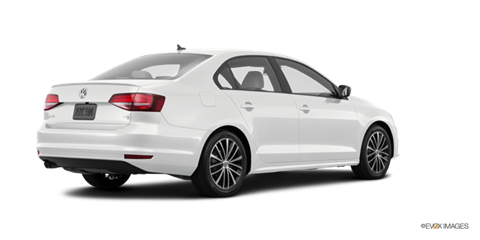Playground Surfaces
 A Playground Surface refers to the material that is applied around and under climbing frames, slides, swings and any other type of playground equipment. Playground surfaces are made from a wide variety of materials, some of which are more suitable than others. These surfaces are available in a broad range of prices depending on the quality of the material and the construction design. Some may meet national standards for wheelchair accessibility and safety, whilst others do not.
A Playground Surface refers to the material that is applied around and under climbing frames, slides, swings and any other type of playground equipment. Playground surfaces are made from a wide variety of materials, some of which are more suitable than others. These surfaces are available in a broad range of prices depending on the quality of the material and the construction design. Some may meet national standards for wheelchair accessibility and safety, whilst others do not.
Choosing which type of surface usually starts by reviewing a community’s needs and resources. Some community authorities or owner/operators may prefer expensive poured rubber seamless surfaces which are available in a wide range of colors, while others may prefer a more natural look such as wood fibres or wood chips, which will blend in with the look and feel of the area’s surroundings. Whatever type of surface is chosen, it should be certified by the International Play Equipment Manufacturers Association (IPEMA) to pass ASTM International standards for safety, wheelchair accessibility and purity. Suppliers of playground surfaces who have these certifications will usually make them available for customer viewing.
There are many different types of material used in the process of playground surfacing and these can include:
o Engineered wood fibre bulk : Engineered wood fibre systems
o Foam poured in place : Foam indoor tiles : Foam
o Artificial turf systems : Grass/Dirt
o Concrete : Asphalt
o Gravel : Stones : Sand
o Wood chips : Bark mulch
o Rubber mulch
Playground surfaces should be soft enough to cushion falls, and in America it must also be firm enough to meet the requirements of the ADA ( American’s with Disabilities Act ) this means it must allow easy mobility for children in wheelchairs.
The most popular cost effective playground surface that meets the national safety standards for safety and wheelchair accessibility is engineered wood fibre. Engineered refers to the process of mechanically shredding wood into specific sizes and ratios through sieves, and in addition the finished product must meet ASTM international standard F2075, which is a test for various properties such as particle size, particle aspect ratio, and any toxic chemicals or metal which may be present.
Engineered wood fiber is available in a complete system which consists of a geotextile fabric to separate the soil from the wood fibers, and a roll-out drainage system that offers a playable surface even after a downpour of rain.





